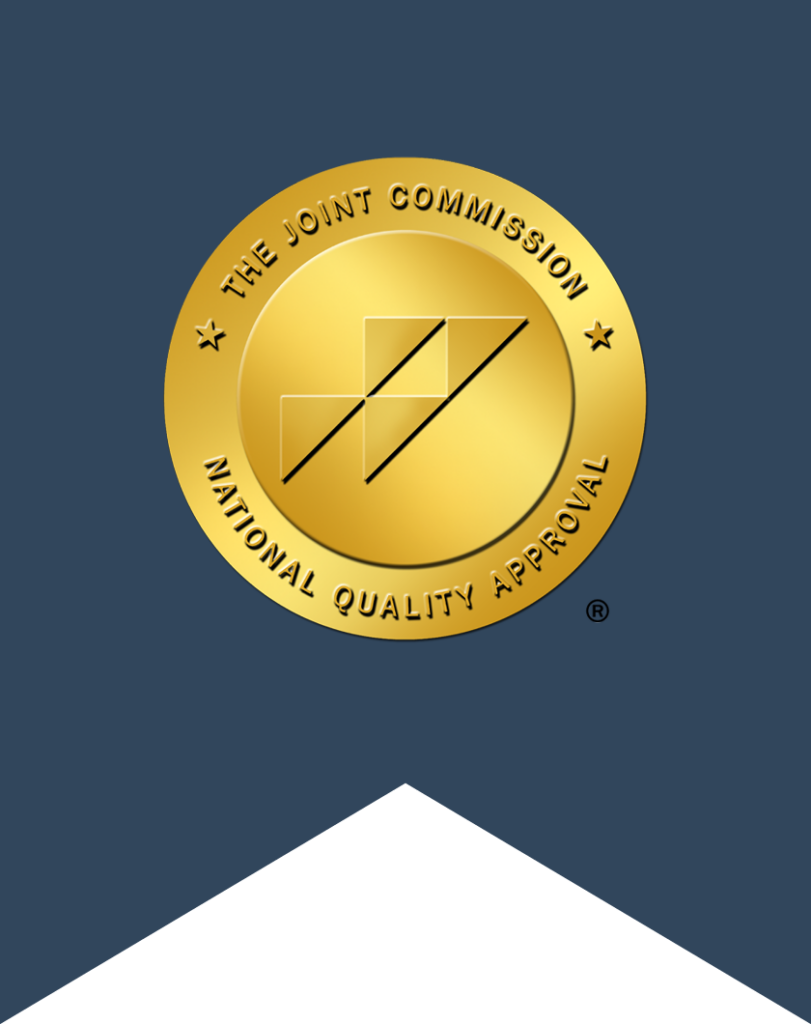Drug abuse and addiction is a complex disease that requires an equally complex approach to treatment.
Over the past century, various sciences have come together to form the guidelines for comprehensive drug abuse treatment programs. Most of the effective programs that are being practiced today make use of advances in psychology, pharmacology, biochemistry, medical sciences and advances in the field of nutrition.
Even with all of this research, science and practice, there is still not a single end-all treatment that is perfect for everyone. Just like every addict has a different path to addiction, everyone also has a different path to recovery.
It may take a few different treatment methods, modalities and approaches before sobriety can be obtained and protected. Fortunately, there are a few general phases of a comprehensive drug abuse treatment program.
Phase 1: Assess the Addict’s Situation
Before any treatment can begin, the addict’s situation must be carefully considered. Are they currently asking for help or open to receiving treatment? Do they acknowledge that they have an addiction, or are they in denial? Are they in any trouble with the law as a result of their addiction? How is the addiction impacting the lives of loved ones?
Analyzing the addict’s situation will help to establish an effective treatment program. It will help determine if the first phase is an intervention that results in going directly to a rehab facility, or simply providing more moral and emotional support as they go through a 12-step program. Phase 1 is different for everyone, but it typically involves letting the addict know that you are aware of the problem and that you’re available for help.
According to the National Institute of Drug Abuse, treatment does not have to be voluntary in order to be effective. In extreme situations, usually those that are already causing legal problems, interventions and ultimatums can be effective. Having readily available treatment is vital for this phase.
Phase 2: Detoxification and Medical Evaluation
Once an addict has agreed to receive help, medically assisted detox is usually the next step. However, much like above, this may vary as well.
Medical detox will help reduce the discomfort and pain associated with detoxing from a serious substance abuse problem. However, medical detox is simply an early phase in recovery and does not have an impact on long-term sobriety.
During and after detoxification, the addict must receive a thorough medical examination in order to understand what they will need with continued treatment. Many addicts also have other mental disorders that should be understood and treated alongside the addiction.
Phase 3: Receive Ongoing Treatment
Some addicts may need a long-term stay in a rehab facility, others will need a shorter stay and some will only require outpatient treatment. Regardless, the addict should remain in treatment for as long as prescribed by their doctors and/or psychiatrist. Leaving a treatment facility or discontinuing outpatient therapy prematurely is the quickest way to a relapse. The addict and those supporting them must commit to providing long-term treatment and support.
The Final Phase: Recovery
The last phase of a comprehensive drug abuse treatment program is lasting recovery. While not as eventful or stressful as the rest of the phases, it’s vitally important. The addict and loved ones should all work together to create a new lifestyle that’s centered on remaining clean and sober for the rest of their life.
Sources:
- Principles of Drug Addiction Treatment: A Research Based-Guide, NIDA, December 2012, https://www.drugabuse.gov/publications/principles-drug-addiction-treatment-research-based-guide-third-edition/principles-effective-treatment
